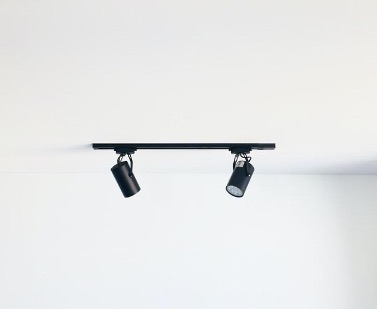When you move into a new home, you want everything to look perfect. However, if you’re going to appropriately light art in your new home, you might want some assistance. It’s good to know your options in terms of light sources, fixtures, etc. Besides offering you tips on hanging art in your house, we will also show you how to light it. Keep reading to find out how you can make your new home look like an art gallery. Your guests will be impressed by your ability to create eye-catching effects using art and light.
Why should you light artwork?
If you feel that simply hanging art on your walls is not enough, you can use light to your advantage. For instance, you can use it to accentuate a piece of art by putting it in the spotlight. But you can’t just place a light bulb above it and call it quits. You need to consider the light’s angle, the type of light, and the quality. Moreover, never use fluorescent light bulbs or direct sunlight. Improper lighting can destroy a piece of art. And it is a shame to spend money on fine art only to have it ruined by such a small but essential detail.
Displaying art in your new home
If you have recently moved into a new house, create a design strategy before displaying any of your art pieces. Your walls are empty and just waiting for you to fill them. Therefore, before bringing in your artwork, think of the layout. The experts from cleancutmoving.com recommend that you finish with renovations before bringing in any valuable items. That way, you will keep them safe and avoid any unfortunate accidents while you work on upgrading your home.
How to display art
When it comes to showcasing your art pieces, there is a guideline that you can follow. Of course, you can always change things to fit your home better. For instance, if you have a painting that you want to make the centerpiece of a room, but there is no space on the walls, you can put it above the fireplace. If you hang it on the wall, the center of the painting should be 57 inches from the ground. If you place it above furniture, there should be six to eight inches between the art and furniture.
Also, if you want to make a collage out of multiple pieces on one wall, you should leave a three-to-six-inch gap between them. You can break the rules of displaying art in your home and enhance any room with artwork. For example, you can hang paintings in the bathroom or display sculptures in the kitchen or dining room. Just make sure that you protect your artwork from humidity and sunlight.
What type of light to use for your art
There are two factors to consider regarding the sort of light you should use to light art in your new home. One of them is the color, and the other is the temperature.
Light color
The color of light can affect the look of the artwork. Light will reflect on its surface, altering the tones and making it look brighter or darker. The best way to choose the right color of the light is to use the Color Rendering Index or CRI. According to this index, you can measure the color of light in RA. The closest thing to natural light is light bulbs with an RA of 98. LEDs are some of the best lightbulbs that you can use to light artwork. LED lamps with an RA of 90 and above are perfect for lighting art pieces.
Light temperature
You can measure the temperature of light in Kelvins. At 1000K, the light is warm, but at 10.000K, it is cold. Opt for LEDs with a Kelvin temperature range of 2700 to 4000. That will offer a light temperature range from extra warm to cold. Also, always choose white light bulbs. That way, you will have the best combination of color and temperature.

Types of lighting fixtures
After you find the best light bulbs for lighting your artwork, it’s time to pick the light fixtures. Here are four fixtures that can help you highlight your art:
Accent lights – you can mount them onto the ceiling and adjust the direction. The best positioning of the light source for an art piece is at a 30-degree angle.
Track lights – these lights have almost the same function as accent lights, but they are not mounted directly onto the ceiling. They are adjustable and fastened to a track bar on the ceiling.
Wall washers – you can install these light fixtures on the walls, ceilings, or floors, and they will help you spread light evenly. Furthermore, they are easy to install and remove, so it will be easy to change their position if you decide to change the layout.
Picture lights – are the best option you can use to light art in your new home. You can mount picture lights right on the frames or use a picture light lamp with a low voltage above an art piece. In the end, you can choose your light fixtures based on the type of artwork you are displaying. For example, a sculpture can be lit from multiple angles, while a photograph needs a specific angle. Before installing the lights, bring in the art pieces and position them. If you are in New York and need a helping hand with moving your artwork, you can hire a local moving company. A local crew can be super helpful when relocating your valuable pieces.
Final words
Now that you know how to light art in your new home, you need to insure your art. Art insurance will keep your pieces safe in case of hazards like fires or floods – having your art insured will help you sleep peacefully at night.









You must be logged in to post a comment.